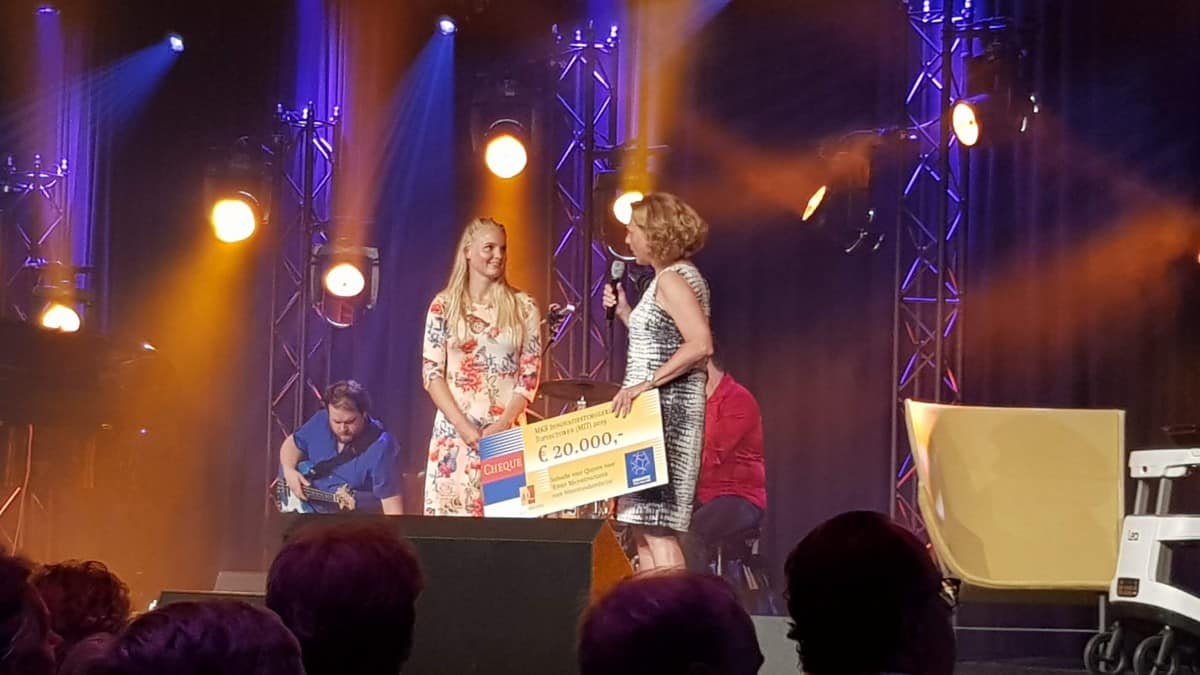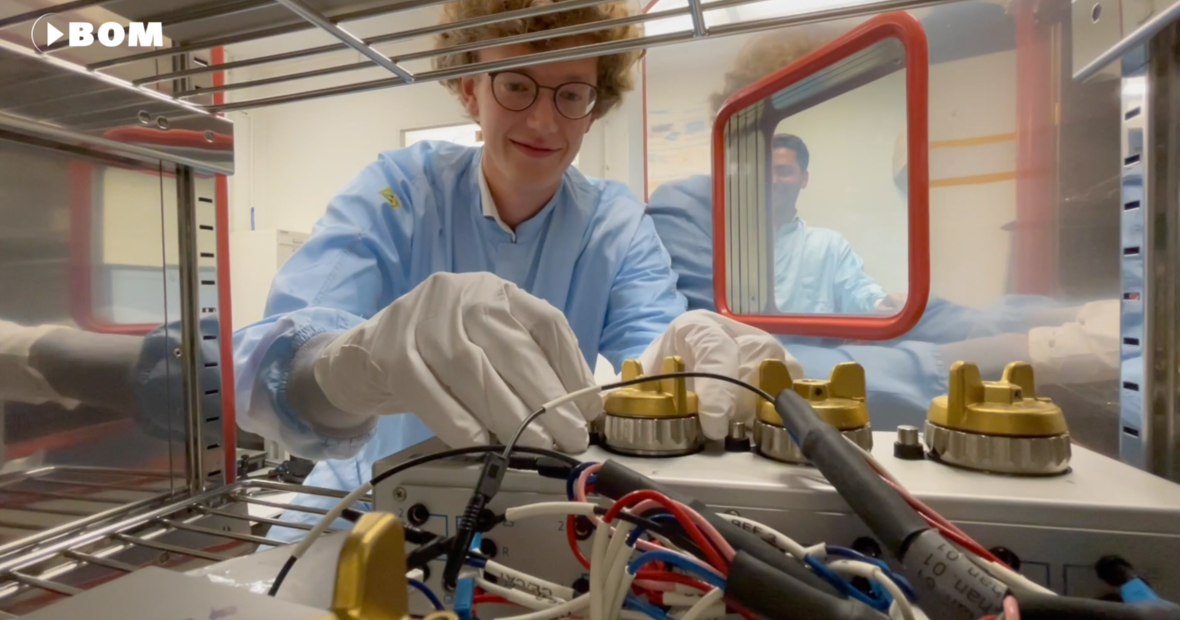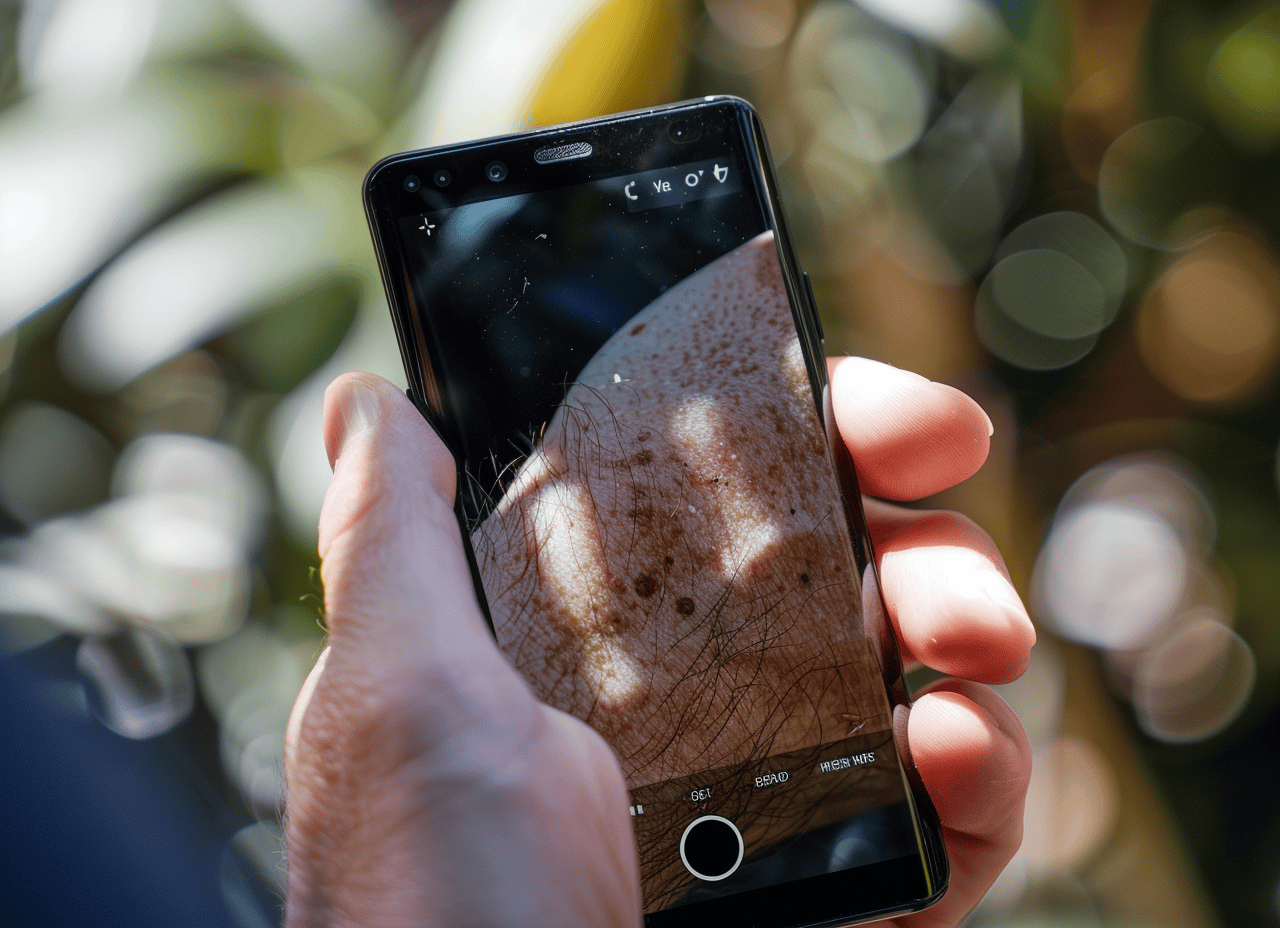
Ever since she was little and at her father’s tulip company, she already had a keen taste for entrepreneurship. Yet it wasn’t until she was 19 that Josefien Groot really made her mark with her first start-up. Yogachicks was where she sold leggings made from recycled plastic. However, she felt she needed a more solid foundation, so she sold her business and went off to university. In the end, she did a Master’s degree in Complex Systems Engineering & Management at TU Delft, where she met her current business partner Ruben Geutjens. Together they founded Qlayers in August 2017. Geutjens -out of a passion for technology, Groot -out of a passion for sustainability and entrepreneurship. They currently run a company with 12 employees (“and a range of vacancies”) from all corners of the world. Their mission: to automate coating processes and make them accessible for every conceivable purpose.
Last Monday Josefien Groot spoke to around one thousand entrepreneurs during the annual event of Innovation Quarter, the regional development company from South Holland. The applause for her was overwhelming, and that was not just out of collegial respect from the audience. Groot exudes a mix of charm and Dutch audacity on stage – something that the audience would love to see in the younger generation of entrepreneurs.

Qlayers says they want to ‘make every surface functional’, but what does that actually mean? Groot: “Do you want a surface that produces electricity, restores or cleans itself, reduces friction or which won’t freeze? Qlayers will take care of that.” Of course, Groot wants to make her company as successful as possible, however, her ambition goes much further. “Even when I was with my father amidst the tulip bulbs, I was thinking about how you could do things in a smarter way. We are all able to contribute small things for a better world, but sustainability is particularly important in industry where so much energy is used. There’s plenty of profit to be made there.”
The Eureka moment came during a brainstorming session with Ruben in Delft, says Groot. “If we can print microstructures, we might be able to find real inspiration in nature. At the time, we thought that the structure of a shark’s skin might be very effective for applications on large areas affected by friction. After all, a shark’s skin is composed in such a way that it has minimal resistance. Then why not apply that to ships? Or to airplanes? – The blades of a wind turbine?”
We’ve known for a hundred years already that a shark’s skin reduces friction, says Groot. “By about 8%, so that’s considerable. But no other group has yet succeeded in automating the printing of a sharkskin coating onto large areas. We are going to do that.”
It is not that far yet, but Qlayers has already developed a printer head that helps the coating industry move forward. The automated process will save significant extra costs in comparison with the present process. The printer head fits on to a robot so that coatings can be applied mechanically, dust-free and in an environmentally friendly manner. Where it is currently still applied by hand. “At the moment we can already print the tubes, next year we will be able to print the storage tanks as well, and in 2021, we’ll continue on even further.”
By not immediately introducing their ultimate product to the market – shark skins on ship hulls – Groot hopes to be able to continue developing their company step by step. “We must be careful that we do not widen the gap between technology and the market. Ultimately, we want to achieve this radical transformation, but it is precisely in industry where incremental innovations often have a greater impact. That’s why we are focusing first on automating the regular coating process.” This means: applying paint with a machine instead of a human being. The revenue that this generates is used to further develop the technology which will eventually make every surface functional.”
Adri Bom-Lemstra, a commissioner of the South Holland province, had a surprise in store for Groot at the end of her presentation. A check of €20,000 for the further development of the printer head. “I understand that it’s not enough for the whole process, but every little bit helps,” said Bom-Lemstra. “With these kinds of incentives, we have now been able to give 194 SMEs a helping hand.” More substantial is the €300,000 that Qlayers received from the investment fund UNIIQ, a fund within Innovation Quarter which is aimed at the proof-of-concept phase for start-ups. It is intended to bring South Holland entrepreneurs to the market more quickly.
It helps Groot and Geutjens to once more bring their ultimate goal closer. “In the end, we want to make a real impact. With our shark skin on ship hulls, we can save 8,000 tonnes of CO₂. Per ship!”
Need more inspiration? Check all our start-ups of the day!








